Climate change is the challenge of our lifetime. It is affecting communities worldwide
If you are whānau, check out our whānau video to learn more about climate change and what we are doing to build resilience. This video was created by whānau, for whānau, so keep an eye out for some familiar faces. Click the link here – Our Climate Change Video. If you can’t access this video contact us at the office to get a members login for the website.
At Te Pā o Moki, we are already seeing the impacts of climate change. With the whenua continually being threatened by rising sea levels and flooding, familiar places such as our marae and our hapūa, Te Waihora, may become unrecognisable. Already, the way in which we interact with our taonga place has changed.
Our Strategy
To help us mitigate and adapt to the affects of climate change we have developed a climate strategy – Taumutu Climate Strategy 2024 – Ko ngā hau ki ētahi wāhi wāhi. But it doesn’t end here, we our now working on our adaptation plan so that we can achieve the aspirations in our strategy. We’ll update this page as that work develops.
What’s at stake?
To anticipate the effects and prepare our hapū, it is important to understand how climate change works, its impacts on our people and whenua, what we are doing about it, and what still needs to be done to mitigate and adapt.
This is how we have known Te Pā o Moki to date, a place to share kai, wānanga and many treasured times with whānau. Not to forget, Hone Wetere, our beautiful Church. Whānau have gathered here many times to celebrate hononga and Christmas over the years.
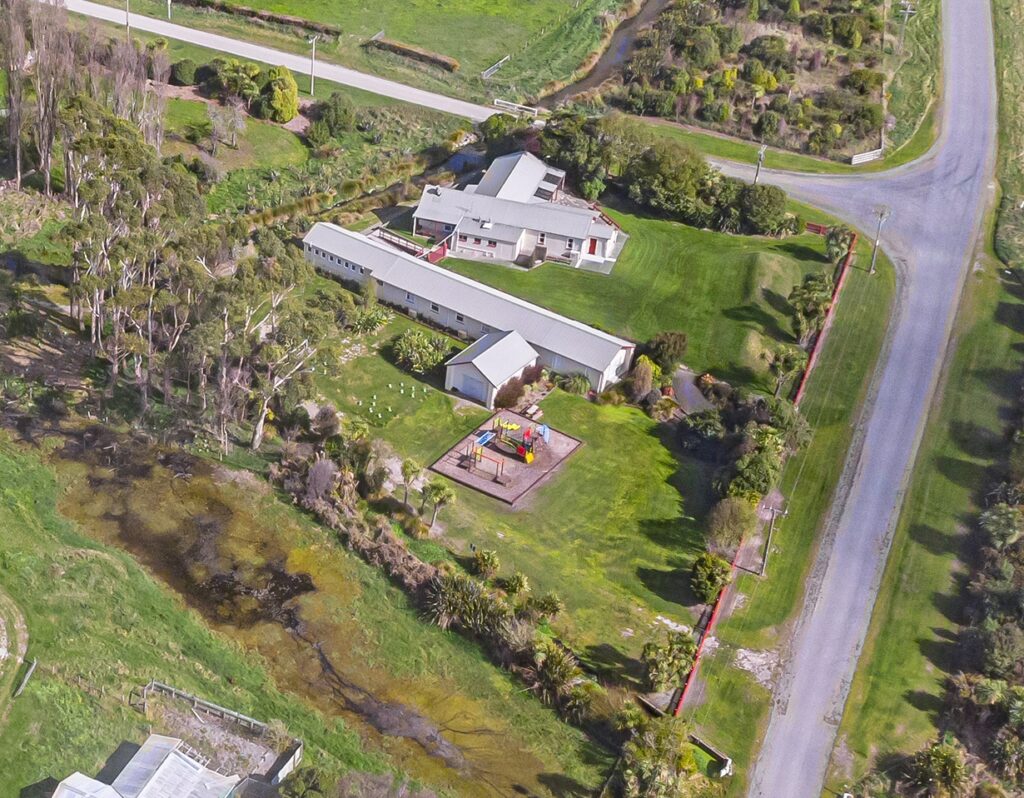
Te Pā o Moki
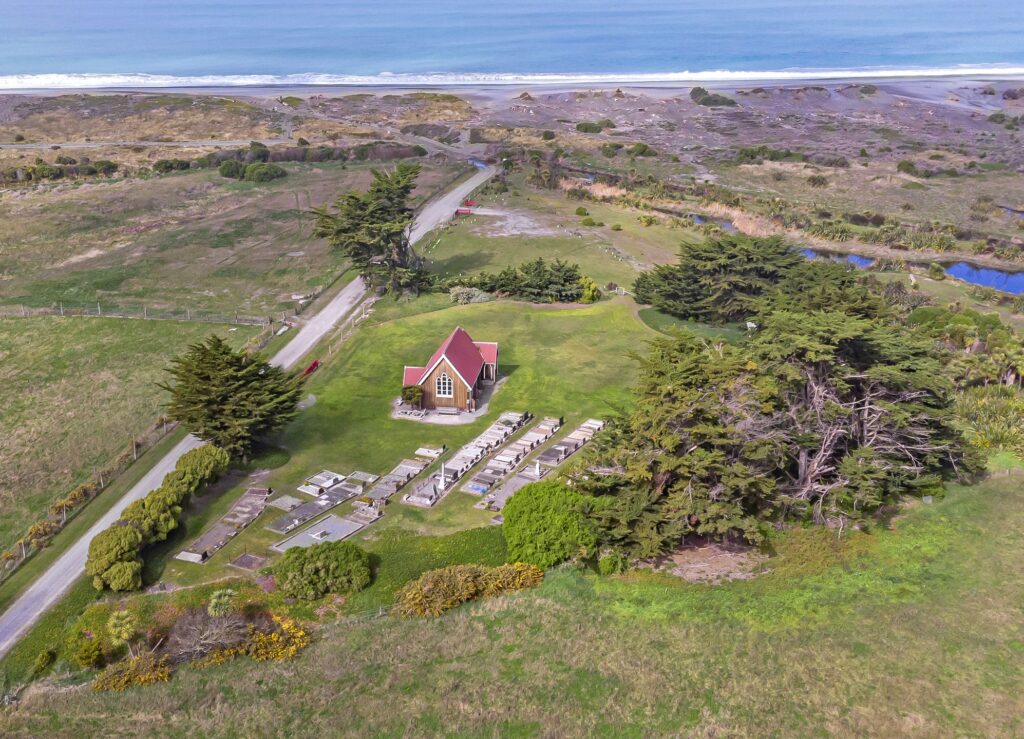
Hone Wetere Church
The effects of climate change are putting our taonga at risk. Our church, marae and wetlands have been flooded by rising groundwater. These events are becoming more frequent and more severe.
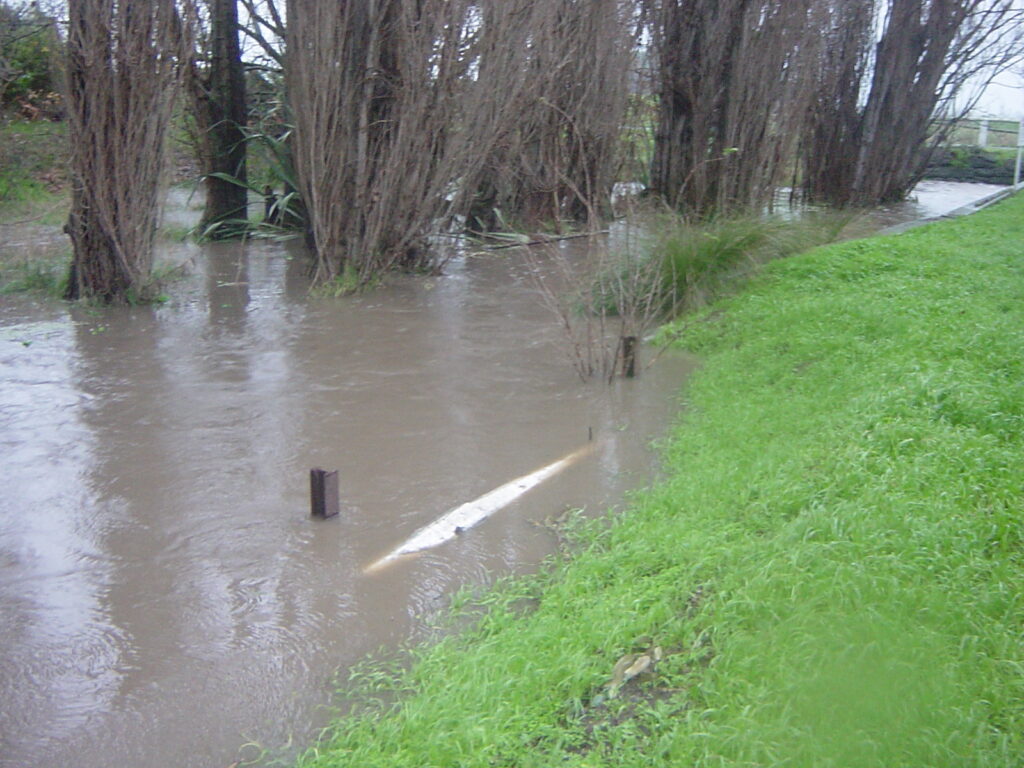
Flooding at Waikekewai
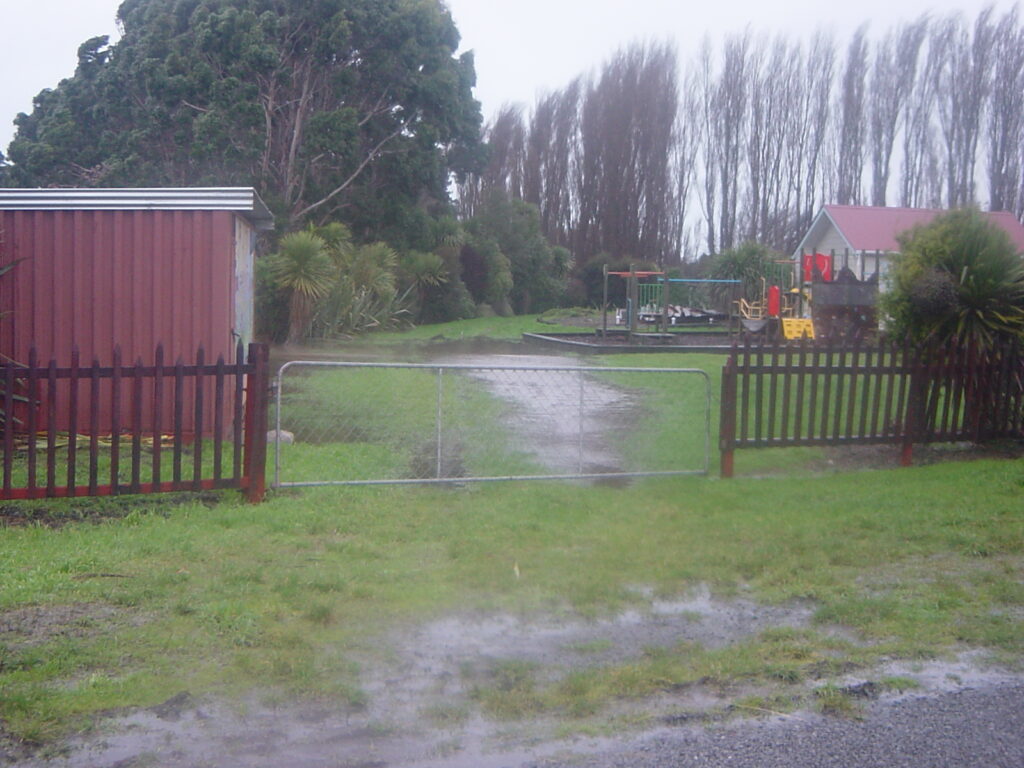
Flooding at the playground – Pohau Road
That’s why we need to get clued up on climate change. We need to know what’s happening, why, and make plans for how we can adapt and mitigate the impacts.
We need to know more about climate change. What is happening and why? We need a plan for how we can adapt to and mitigate the impacts of climate change.
Climate change refers to the heating of earth’s average temperatures and is caused by the build-up of gases in the atmosphere. These gases are created by the use of fossil fuels like carbon dioxide, methane and nitrous oxide. Although these gases are natural, human activity has accelerated their release, causing the earth to heat at a faster rate.
Our lifestyle in Aotearoa New Zealand relies on activities that release these gases. For example, driving cars and the transportation of consumer goods, burning coal for power, the production of plastics, and also farming animals’ that excrete waste. Almost every aspect of our lives involves increased uses of fossil fuels with very few sustainable ways to lessen damage. As these fossil fuels remain in our atmosphere, they act as a blanket around the earth, trapping heat from the sun causing temperatures to rise.
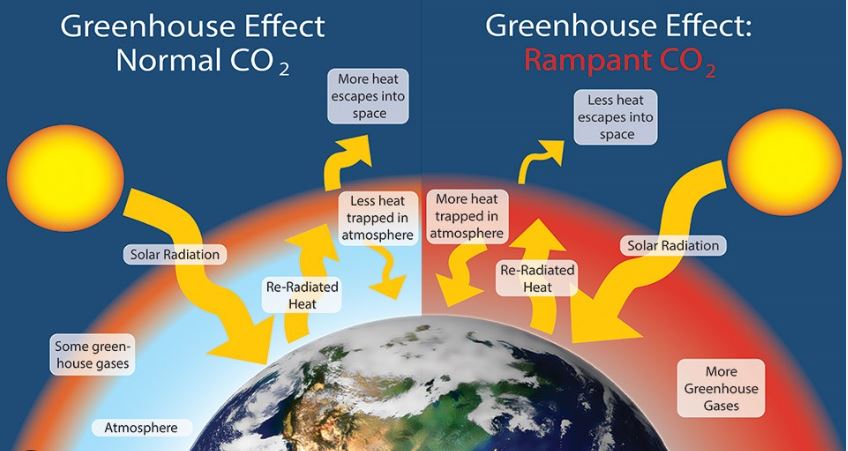
Graphic from: Elder, W. (n.d.). Regular vs. rampant CO2 levels. National Park Service. https://www.nps.gov/jomu/learn/nature/climate-change.html
The average global temperature has warmed over 1 degree since pre-industrial times in the 18th Century, and is projected to increase by 3 and a half degrees Celsius by 2070. Although it may seem small, this change in the climate has dramatic impacts on ocean temperatures, ecosystems and weather patterns.
With warmer summers and milder winters, Aotearoa’s glaciers and ice at the North and South Pole will continue to melt, and at increasingly fast rates. As the ice melts, sea levels will continue to rise. Current estimates suggest that ocean levels may increase 1.67 metres by 2100 and over 14 metres by 2300.
The impacts of climate change are already affecting us. Many whānau will know about our challenges with flooding at the marae as sea levels rise. Rising temperatures and rising seas will create more challenges than just flooding:
The key impacts of climate change for our Takiwā and whānau include –
For our Marae and Church
For our Urupa and Wetlands
Food sources from water (moana kai)
Lake health / Te Waihora
Freshwater (including mahinga kai)
Weather
Let’s take a look at some of taonga in more depth
Te Pā o Moki
Climate change means that our marae has increasingly been affected by flooding from rising groundwater and sea level rise, we have lost significant sites close to the moana. Te Pā o Moki has been a fundamental place for the surrounding tangata for generations; a place for Tamariki days, tangi, wānanga, the sharing of kai and a place to connect with our heritage. We hope to pass these traditions onto our tamariki, but we know that the location will need to be adapted as the climate changes.
Te Waihora & Mahinga Kai
Taumutu has historically traded and provided kai to manuhiri and whānau all across Te Waipounamu. For generations, the whenua around the marae has been used for mahinga kai, especially Te Waihora. Today however, Te Waihora is Aotearoa’s most polluted lake, and farming practices have contributed to this. Along with climate change, rising water temperatures will continue to change how we gather mahinga kai. Climate change will affect more than just warming the earth’s temperatures and causing seas to rise. Warmer water will create uncertainty for taonga species like tuna, kanakana, pātiki and inanga, if they are not able to adapt, their populations will struggle and decline.

Īnanga (or whitebait)

Kanakana

Tuna (eel)
Furthermore, rising seas and more unstable weather will give way to coastal erosion, meaning Te Waihora may become an estuary to the ocean and could alter what species call Te Waihora, home. Coastal erosion will also affect our access to the beach and coastal plants like the Pingao grass, home to Aotearoa’s only native poisonous spider, the katipō. We may also lose other taonga like our urupā, wetlands and church. Although we can relocate some of our taonga, this will be a long and costly process.

Pingao Grass – home to the katipō spider

Close up of Aotearoa’s only native poisonous spider. The Katipō.
Looking ahead, how can we aid in combating climate change?
Projects by and between Ngāi Tahu, Te Taumutu Rūnanga and local and regional council are working to restore and safeguard our land – restoring life to our waters for mahinga kai and recreation. By planting native flora and cleaning and redirecting waterways, we can encourage taonga species to return to these lagoons and maintain a thriving ecosystem.

Native species have been planted across the site to encourage biodiversity and help prevent coastal erosion. Stabilising the whenua has never been more important, and you can get involved by attending our working bees, following our Kaitiakitanga Portfolio, and contributing to restoration projects.
With the inevitability of further weather events, we are currently developing a climate adaption strategy so we can be well prepared when they arise (you can see this here Climate change strategy – Te Taumutu Rūnanga (tetaumuturunanga.iwi.nz)). This is being developed for whānau, by whānau during wānanga to reflect your visions for the future of our hapū.
To find out more and keep up to date with the restoration projects that we are working on, you can head to: Kaitiakitanga Portfolio – Te Taumutu Rūnanga (tetaumuturunanga.iwi.nz)
Tangata whenua have always adapted and survived change. From the arrival of Uruao to the arrival of Europeans, we maintained our culture and shared whanaungatanga. Climate change is not a new challenge, but it is one we must face and adapt to now. By staying informed and preparing ahead, we will adapt together.
We are developing a climate change strategy and adaptation plan. You shared your views and vision at the climate wānanga in May. As a result, we have drafted a strategy.
Please continue sharing your views and ideas. To do so, click here to access our climate Padlet.
If you would prefer to review the documents in person, please contact Faye White at taumutu@ngaitahu.iwi.nz or 03 371 2660.